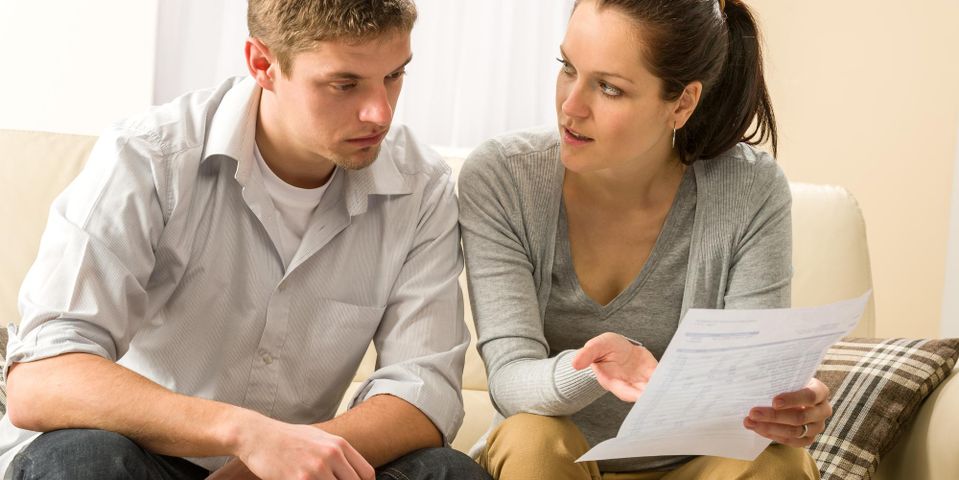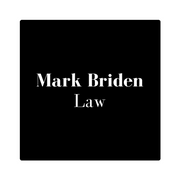
Chapter 13 bankruptcy offers debtors a way to repay what they owe via a long-term payment plan. Unlike Chapter 7 bankruptcy, which is an elimination of debt, Chapter 13 restructures and reorganizes existing debt into more manageable monthly payments. Debtors often choose Chapter 13 to retain certain secured assets, like a home or a vehicle, in which they have substantial equity. Below is a general overview of how this type of bankruptcy works.
File a Petition & Associated Documents
The Chapter 13 bankruptcy process starts with a filing of a bankruptcy petition. This document states your intention to request bankruptcy relief, officially opens your case, and notifies creditors of the intention to file. Along with the petition, a variety of other documents will be required by the courts. These include:
- A list of assets and liabilities
- A list of income and expenses
- A list of all property owned
- A list of all debtors and what is owed to each
- Proof that you have completed a credit counseling course
- Payment stubs from work completed in the last 60 days
- Most recent tax returns
This is not an exhaustive list, and a bankruptcy attorney can help you compile all the necessary documentation the courts might request in your particular case.
Pay the Fees
 There are filing and administrative fees that must be paid to the courts. In most cases, these fees are paid upon filing the initial petition and associated documents. If the fees are a hardship, you may be able to request a payment plan.
There are filing and administrative fees that must be paid to the courts. In most cases, these fees are paid upon filing the initial petition and associated documents. If the fees are a hardship, you may be able to request a payment plan.
Receive an Automatic Stay
Once documentation has been submitted, fees have been paid, and a bankruptcy trustee has been appointed by the courts, an automatic stay is issued. This puts a temporary stop to any collection action currently in-process against you. If your home is in foreclosure, this process also stops until the details of the bankruptcy have been worked out. If you are able to repay what you owe via the payment plan while also staying on top of current payments, you will often be able to keep a home, car, or any other asset currently in foreclosure or subject to a repossession.
Attend a Meeting of Creditors
At the meeting of creditors, the debtor is asked questions about their debt and the proposed repayment plan. This step usually takes place between 20 and 50 days after the initial filing.
Attend a Repayment Plan Hearing
Finally, after all the creditors have made their claims on the bankruptcy estate, a repayment plan hearing is held to review the terms of the arrangement. If all parties are in agreement, the plan is approved and legally enacted.
For help at every stage of Chapter 13 bankruptcy, trust Mark Briden Law. Since 1987, Attorney Briden has been serving Shasta County, CA, in personal bankruptcy cases. He offers professional guidance and case management, as well as flexible payment plans. Schedule a free phone or in-person consultation by calling (530) 222-1664 or visiting his office's website.
About the Business
Have a question? Ask the experts!
Send your question

